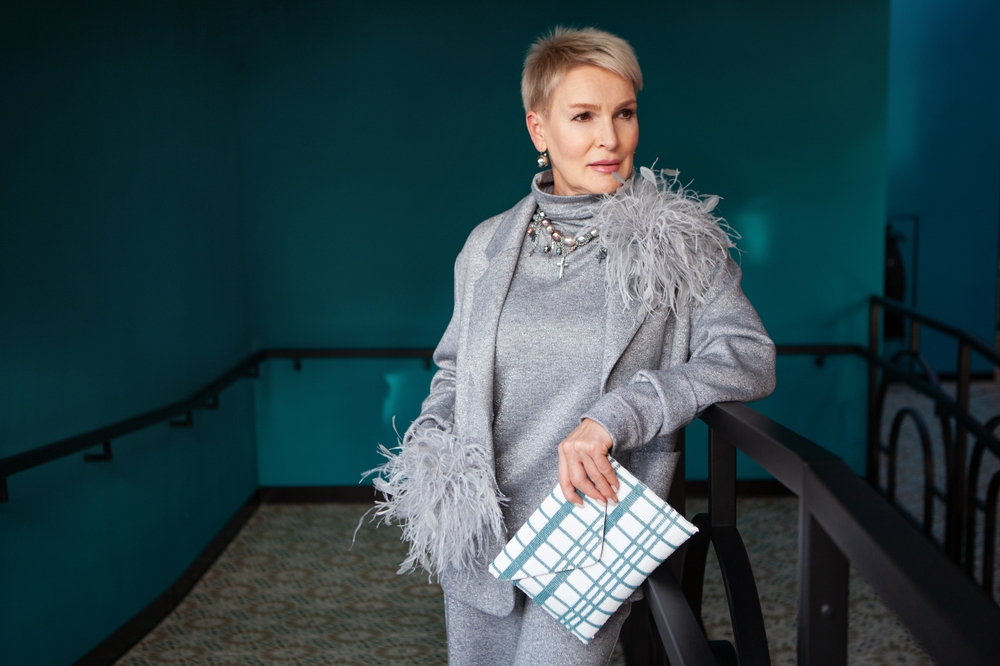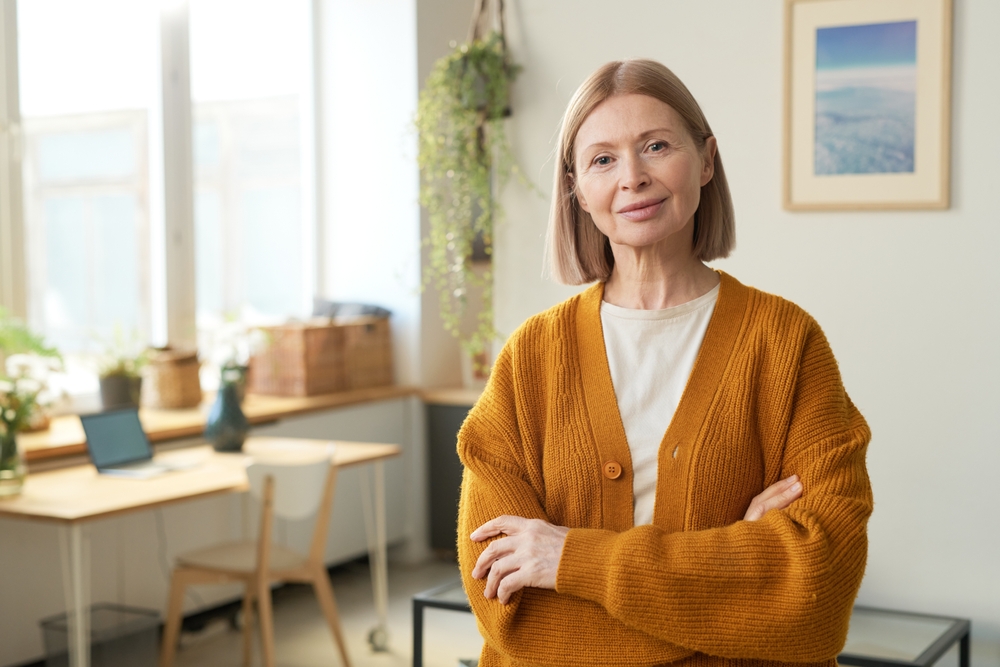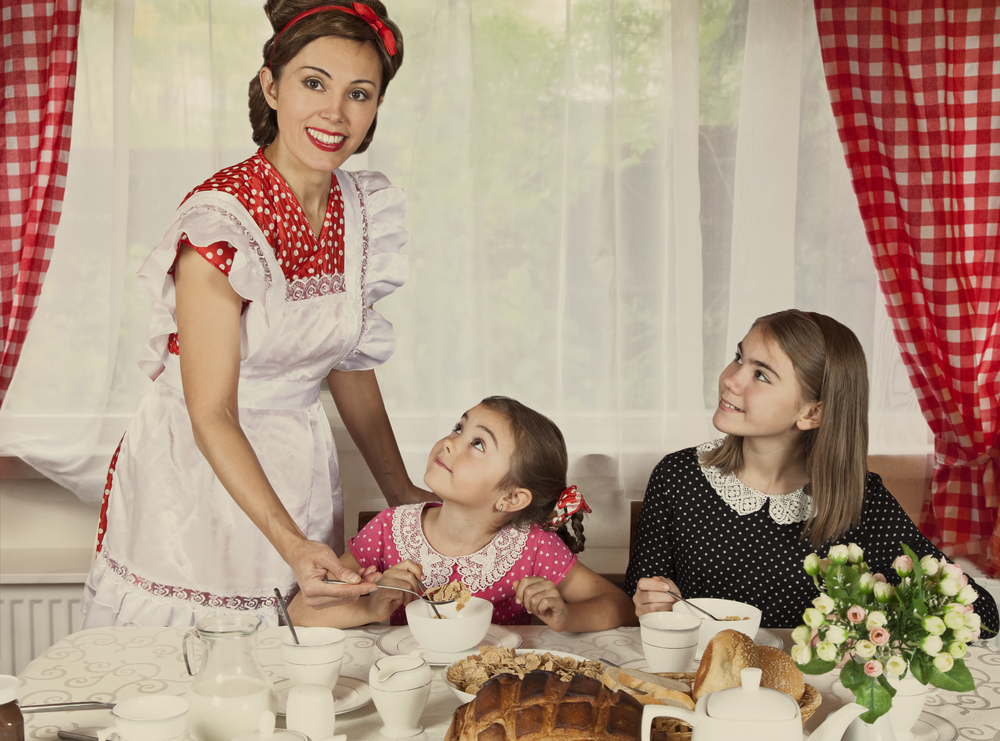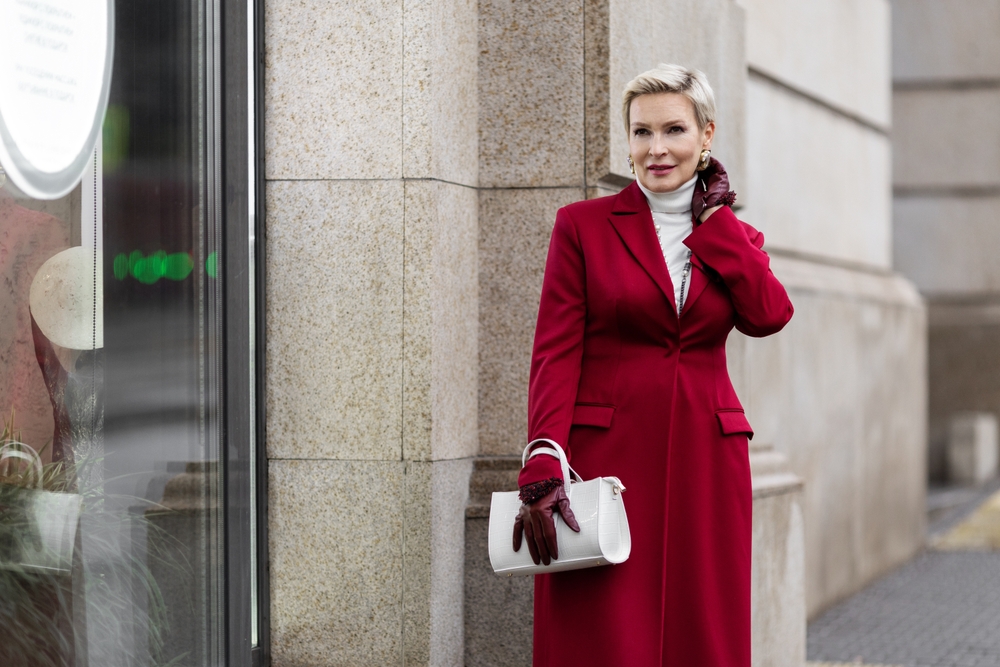As we age, our hair changes texture and color, and its health declines. From the first signs of gray to dryness and loss of volume, understanding these changes can help you navigate the shift so you can keep your locks looking their best.
1. It Loses Pigment
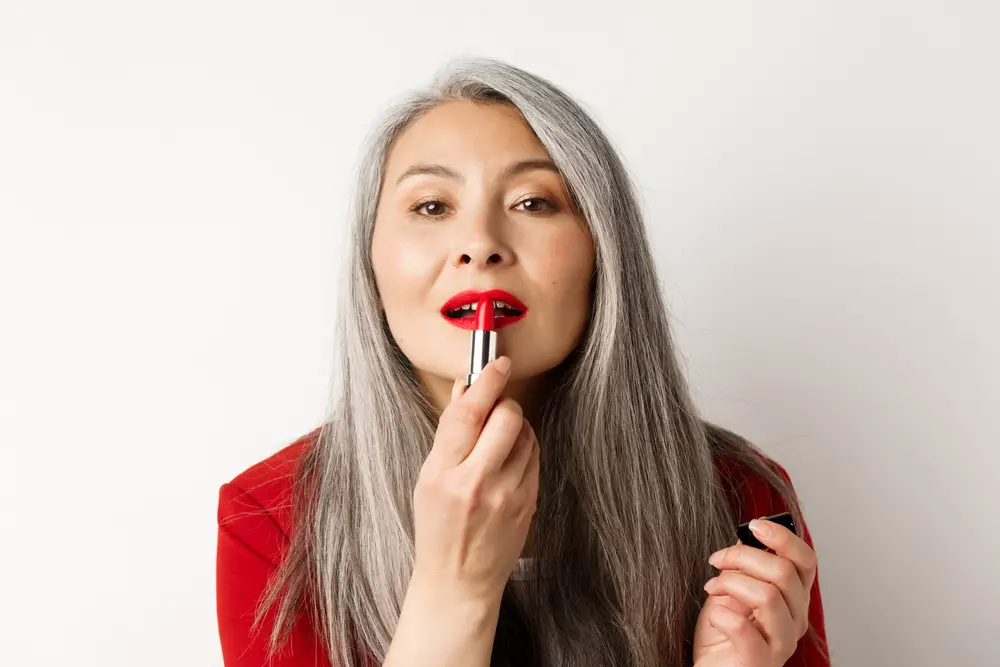
One of the earliest changes is a gradual loss of color, as hair follicles produce less melanin over time. The result? Gray, silver, or white strands that bring a whole new dimension to your look. Many embrace this shift, letting their natural grays become a part of their style, while others opt for gentle coloring to blend them seamlessly.
2. It Becomes Finer
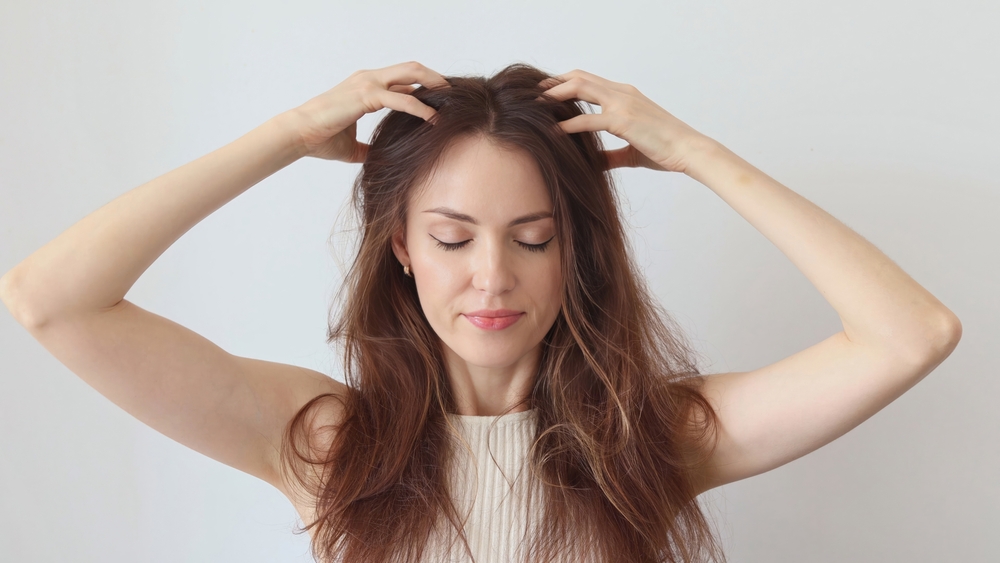
Hair often becomes finer as we age, making it feel less dense. This is due to a decrease in hair diameter, which can make hairstyles look flatter. Embracing volumizing products and styles that add lift can help give finer hair a fuller appearance without sacrificing texture or elegance.
3. It Grows Slower
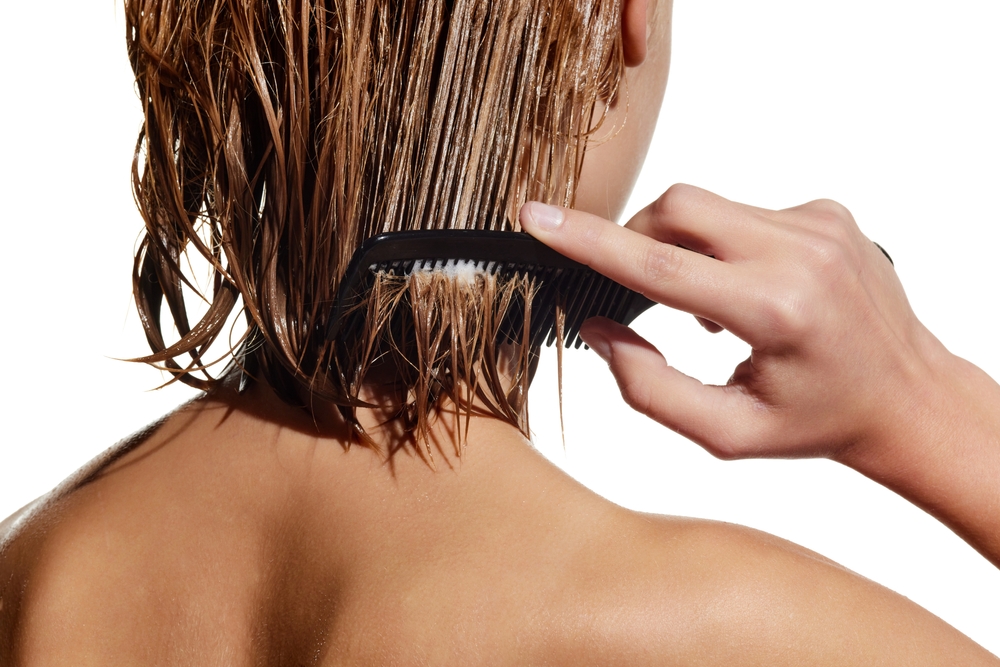
Hair growth can slow down as the rate of cell turnover decreases. This shift might mean longer intervals between cuts, but it also presents an opportunity to focus on keeping your hair healthy from root to tip. Nourishing treatments and gentle care can help maintain vitality even as growth slows.
4. It Becomes Drier
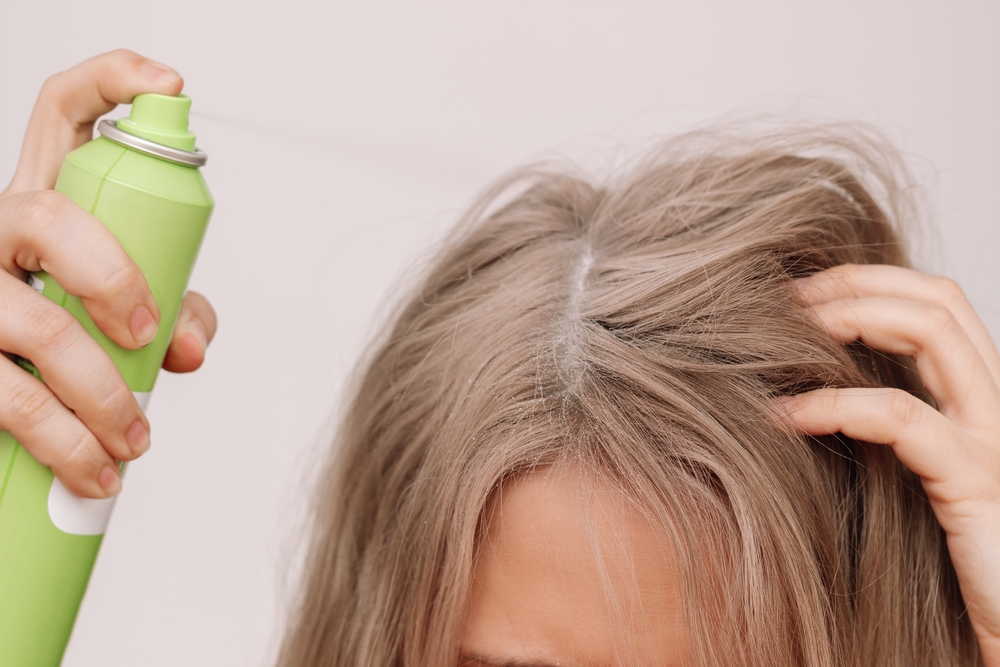
Aging hair often struggles to retain moisture, leading to dryness. Hormonal changes reduce the scalp’s natural oil production, leaving hair more prone to brittleness. Hydrating shampoos, conditioners, and leave-in treatments can add much-needed moisture, helping hair maintain a soft, healthy appearance despite this shift.
5. It Becomes More Porous
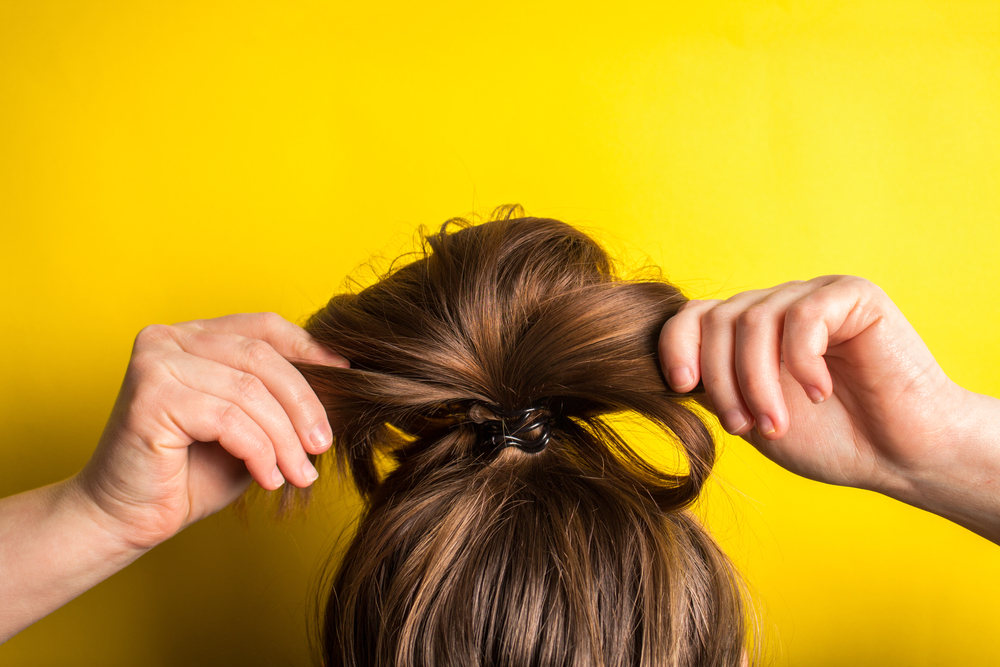
With age, hair can become more porous, absorbing and losing moisture faster. Porous hair can be more prone to frizz and damage, especially if it’s frequently styled or colored. Using products rich in proteins and hydrating ingredients to protect porous hair can help keep it smooth and manageable.
6. It Starts to Shed
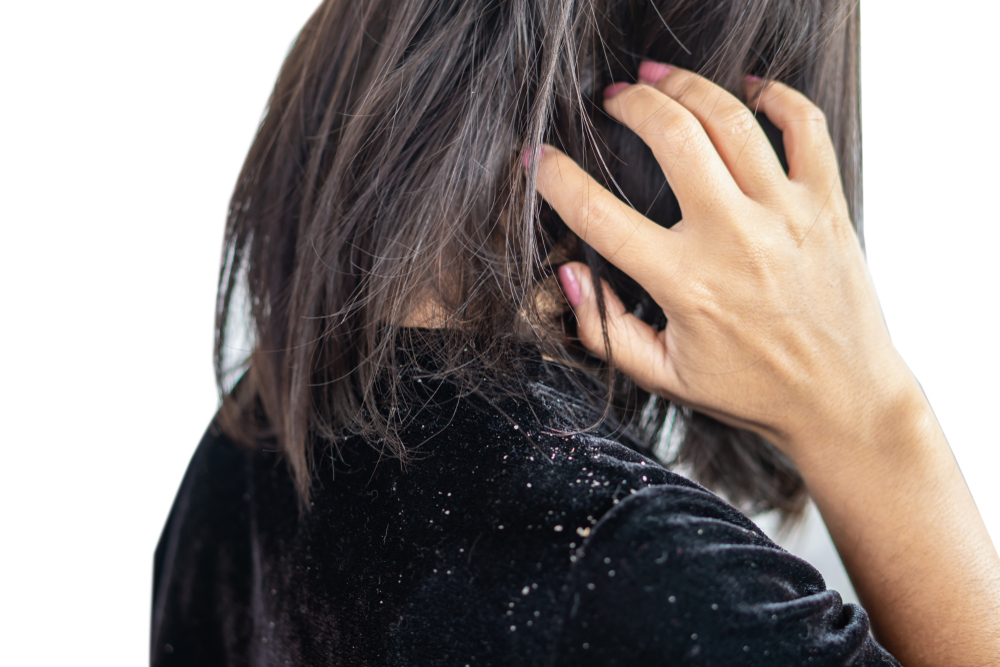
Thinning hair is a common part of aging, often starting subtly and progressing gradually. Factors like genetics and hormone levels play a role, and thinning can occur across the scalp or in specific areas. Incorporating scalp massages, nutrient-rich diets, and targeted hair products can help maintain a healthy scalp environment to support fuller hair.
7. It’s More Fragile
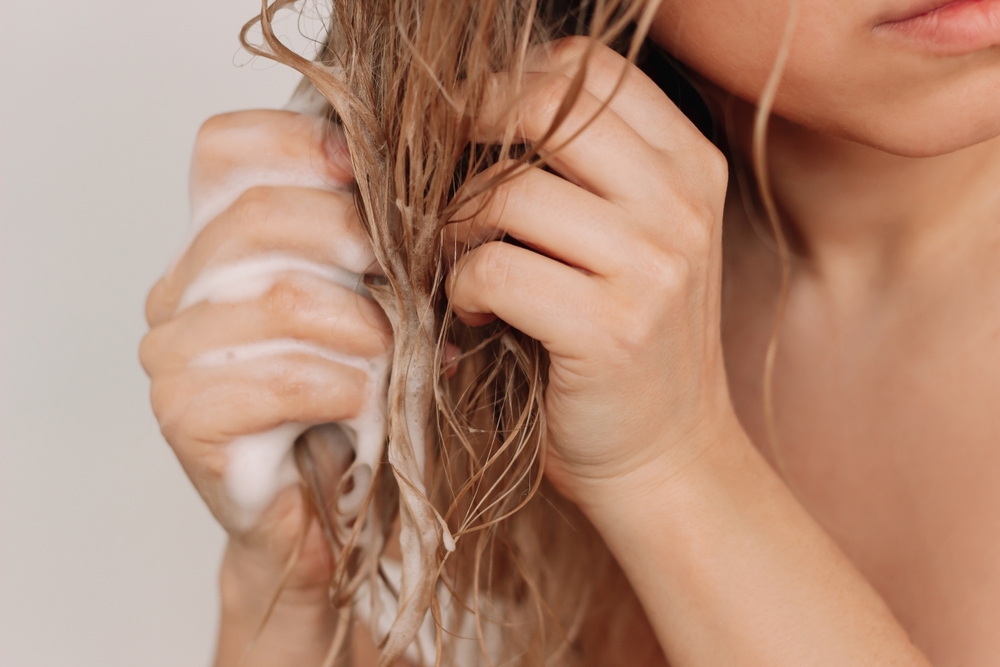
Aging hair can become more fragile, increasing breakage, especially at the ends. As the protective outer layer wears down, hair may feel weaker and more prone to split ends. Gentle handling, regular trims, and protective styling can help reduce breakage, keeping hair looking polished and healthy.
8. Your Scalp Becomes Sensitive
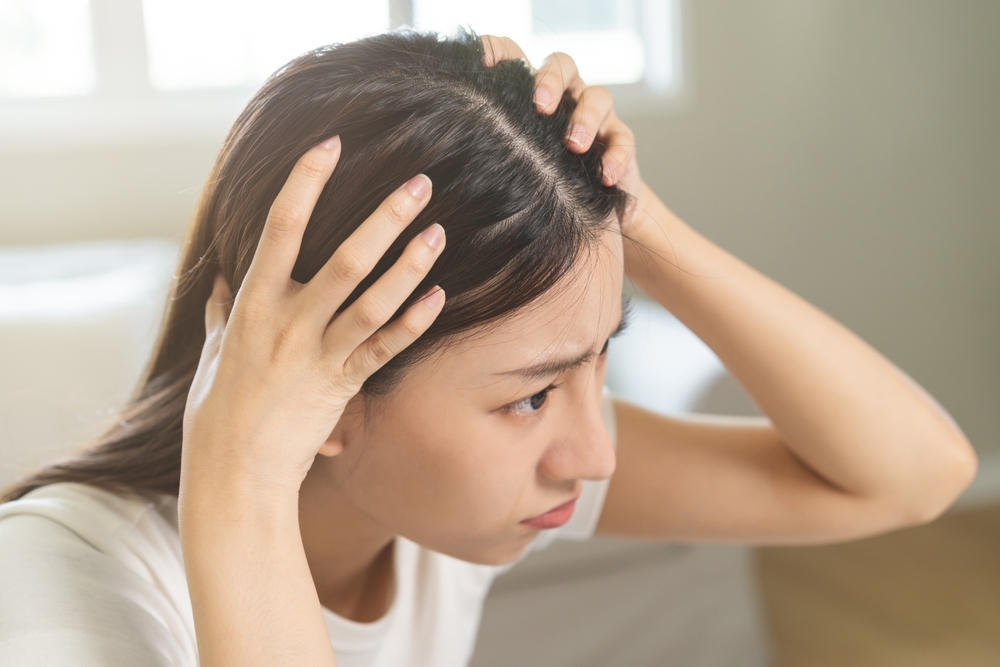
As we age, the scalp becomes more sensitive, often reacting to products or environmental factors that previously weren’t an issue. Choosing gentle, pH-balanced shampoos and avoiding harsh chemicals helps soothe the scalp, while oils or treatments can provide a calming effect, keeping it balanced and comfortable.
9. It Loses Luster
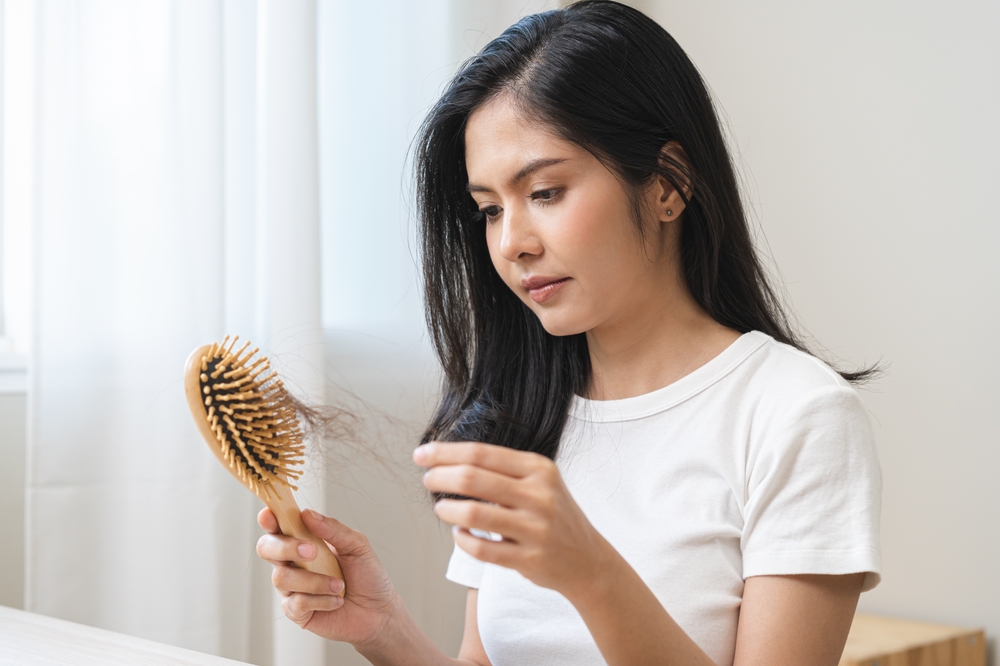
With fewer natural oils produced, hair often loses its natural luster, resulting in a duller appearance. Adding shine-enhancing treatments, serums, or leave-in oils can restore a glossy finish, giving hair a healthy, vibrant look that defies age.
10. It Becomes Coarse
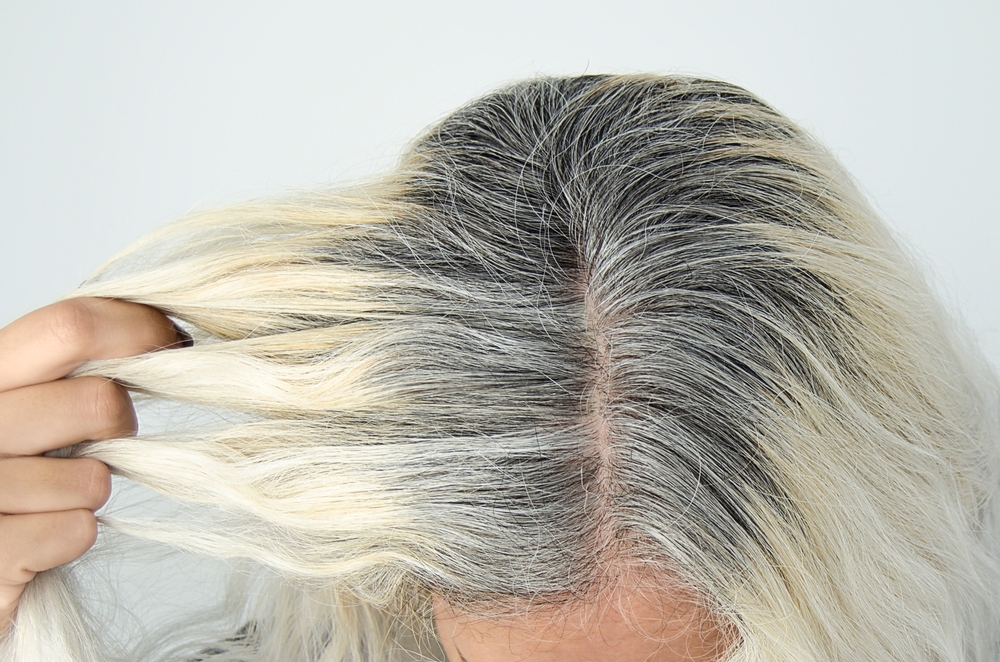
Gray hair often has a different texture than pigmented hair and tends to be coarser and wiry. As more grays emerge, hair’s overall feel can change, sometimes requiring extra moisturizing treatments. Leave-in conditioners or deep conditioning masks are great tools to keep grays looking smooth and soft.
11. It Becomes Straighter Or Curlier
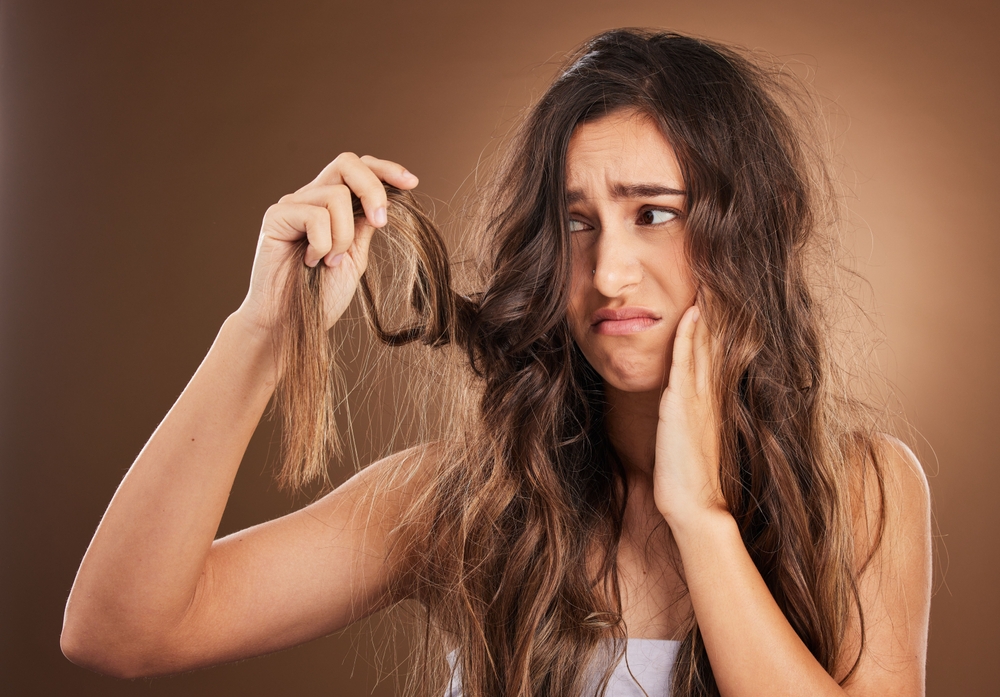
Hair texture can change, meaning straight hair might develop waves, or curly hair may lose some bounce. These shifts are influenced by hormonal changes and genetics, creating new styling challenges or opportunities. Embracing these natural texture changes can create a fresh, unique look as your hair evolves.
12. Your Color Fades Faster
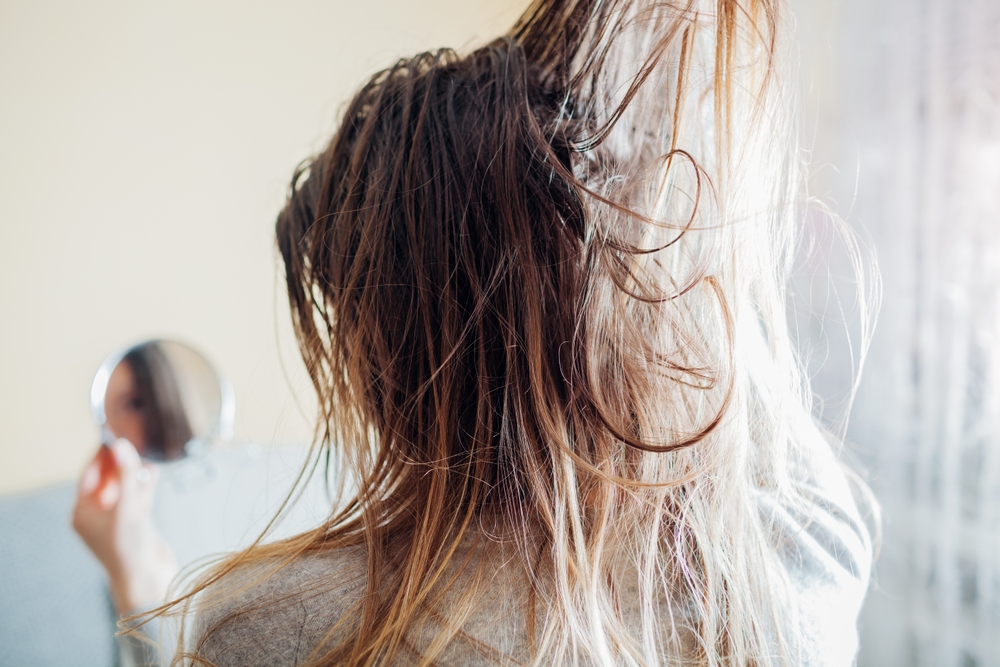
For those who color their hair, fading can happen faster as hair becomes more porous and less able to retain pigment. Choosing color-protecting products and minimizing heat styling can help extend the vibrancy of dyed hair, while semi-permanent gloss treatments can refresh color between appointments.
13. It’s More Susceptible to UV Damage
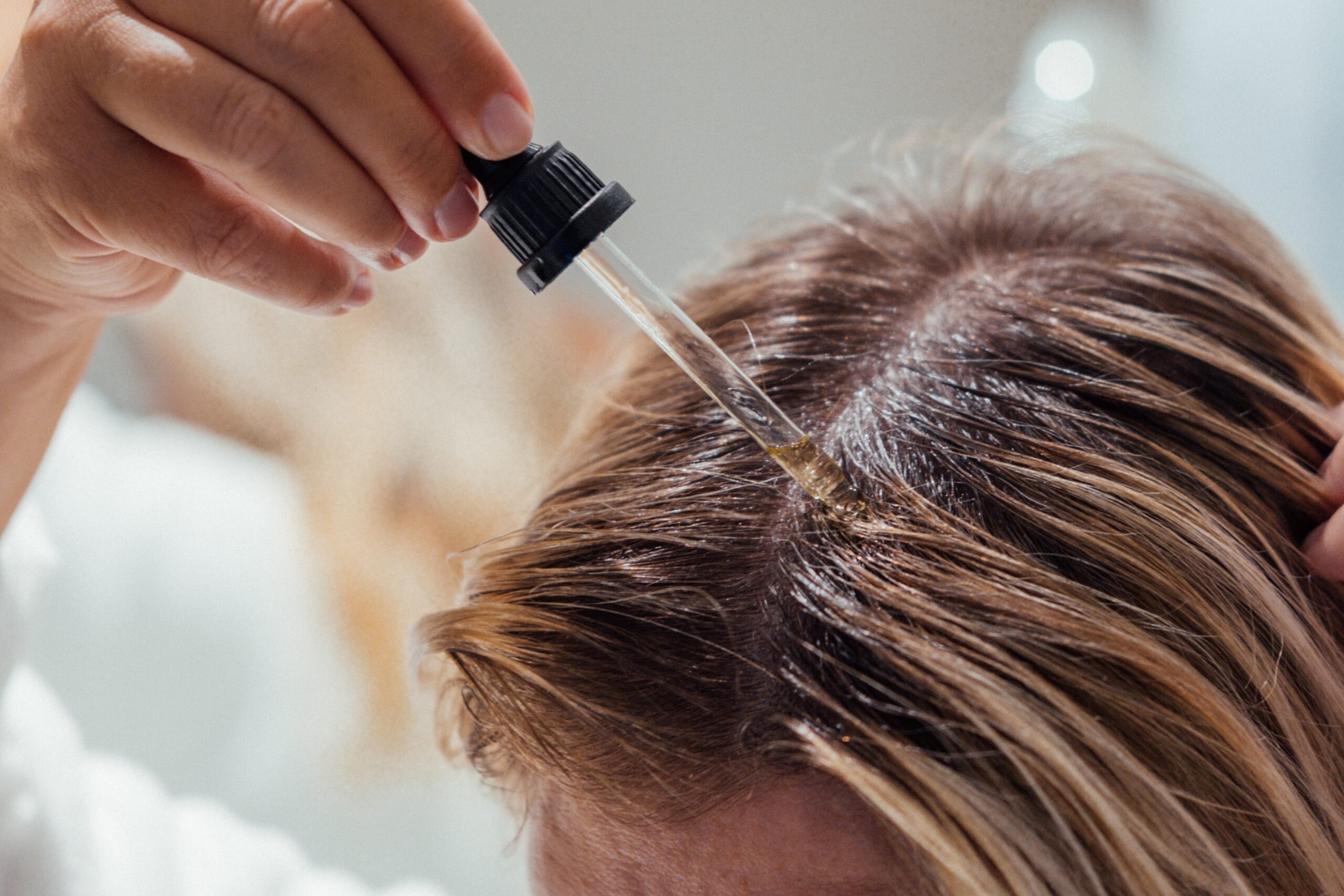
Aging hair is more vulnerable to UV damage, which can cause dryness, color fading, and brittleness. Using UV-protectant hair products, wearing hats, or incorporating protective styles can shield hair from harmful sun exposure, helping it maintain its health and strength.
14. Your Hairline Recedes
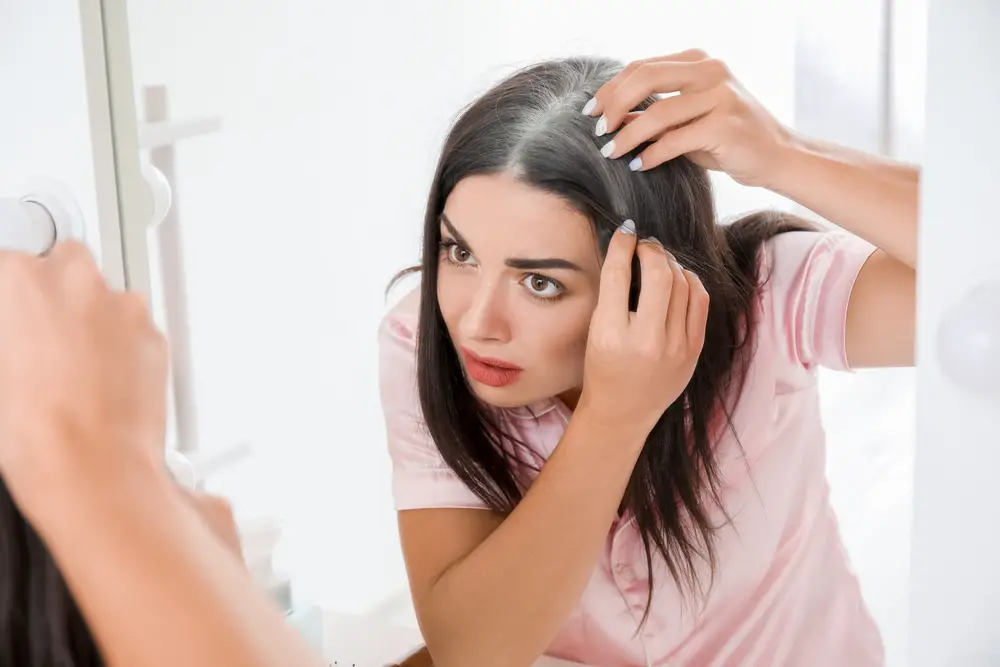
Hairlines can subtly recede or shift with age, sometimes becoming more pronounced. Though this change is natural, adopting hairstyles with a changing hairline can enhance your look. From soft bangs to face-framing layers, there are many ways to keep a flattering style as your hairline evolves.

